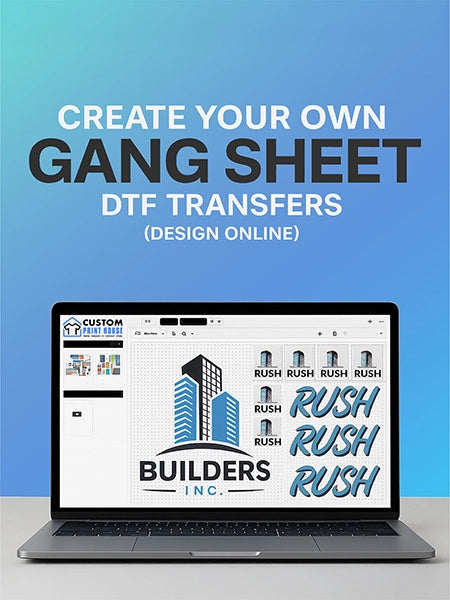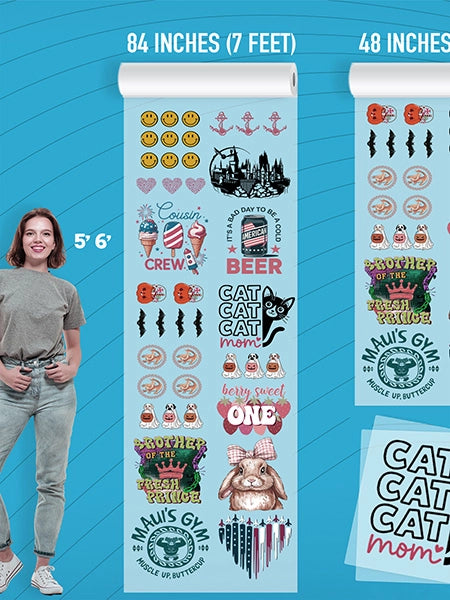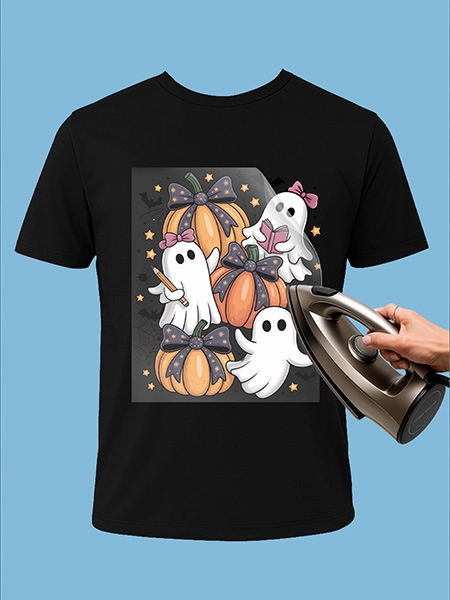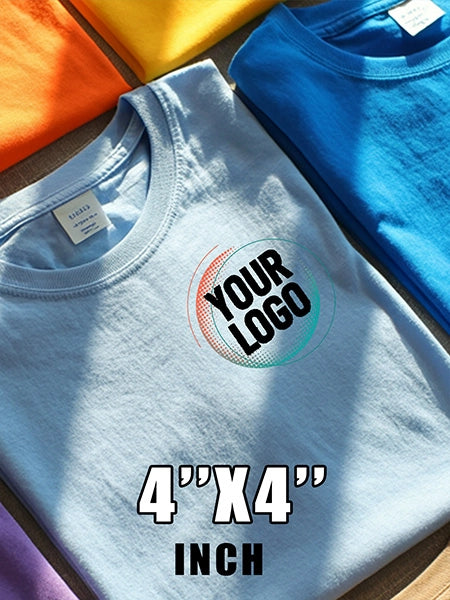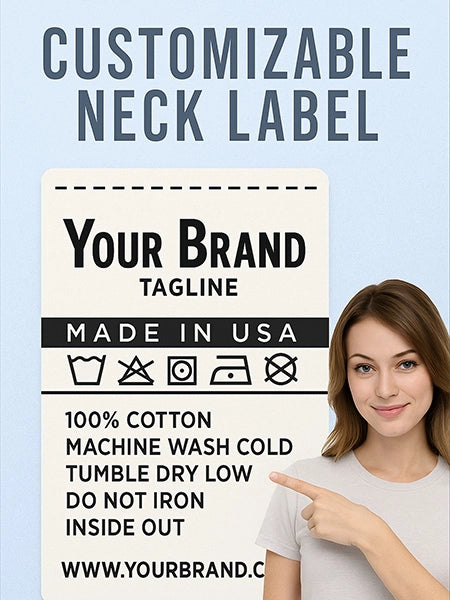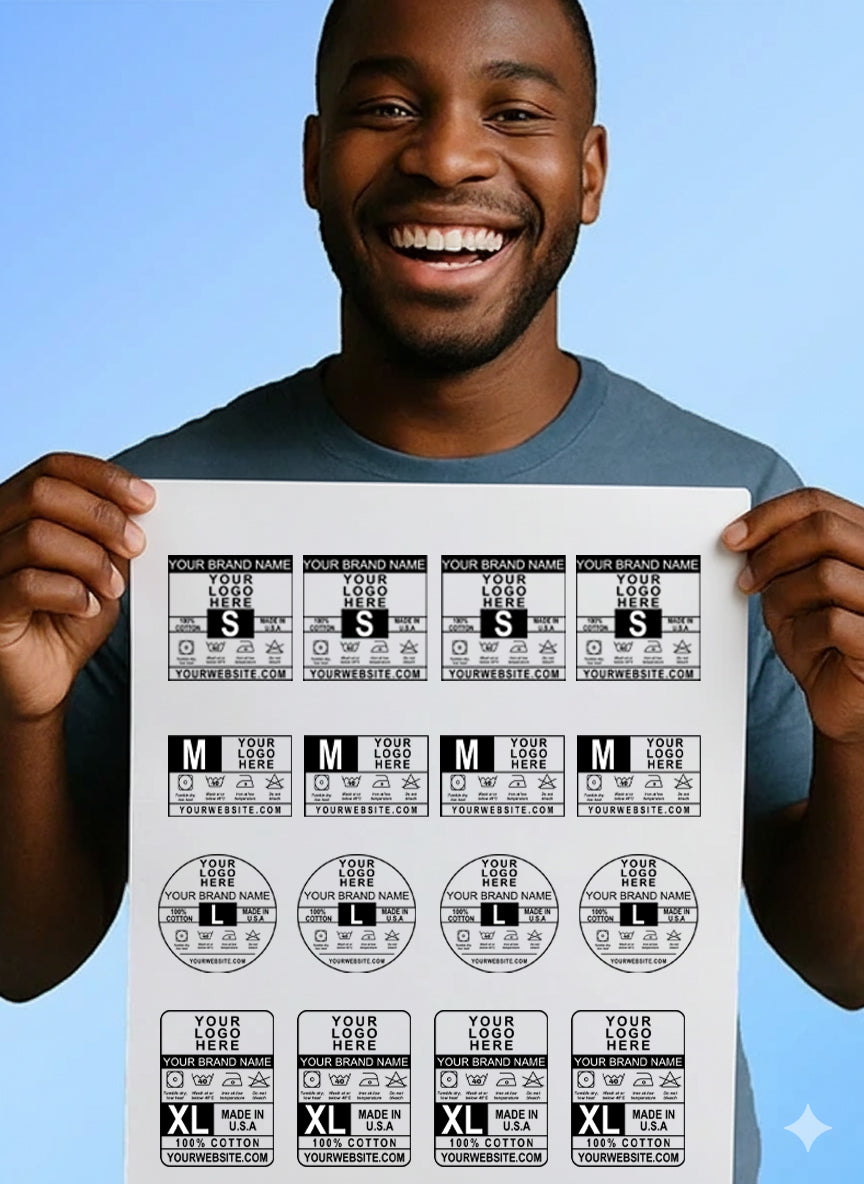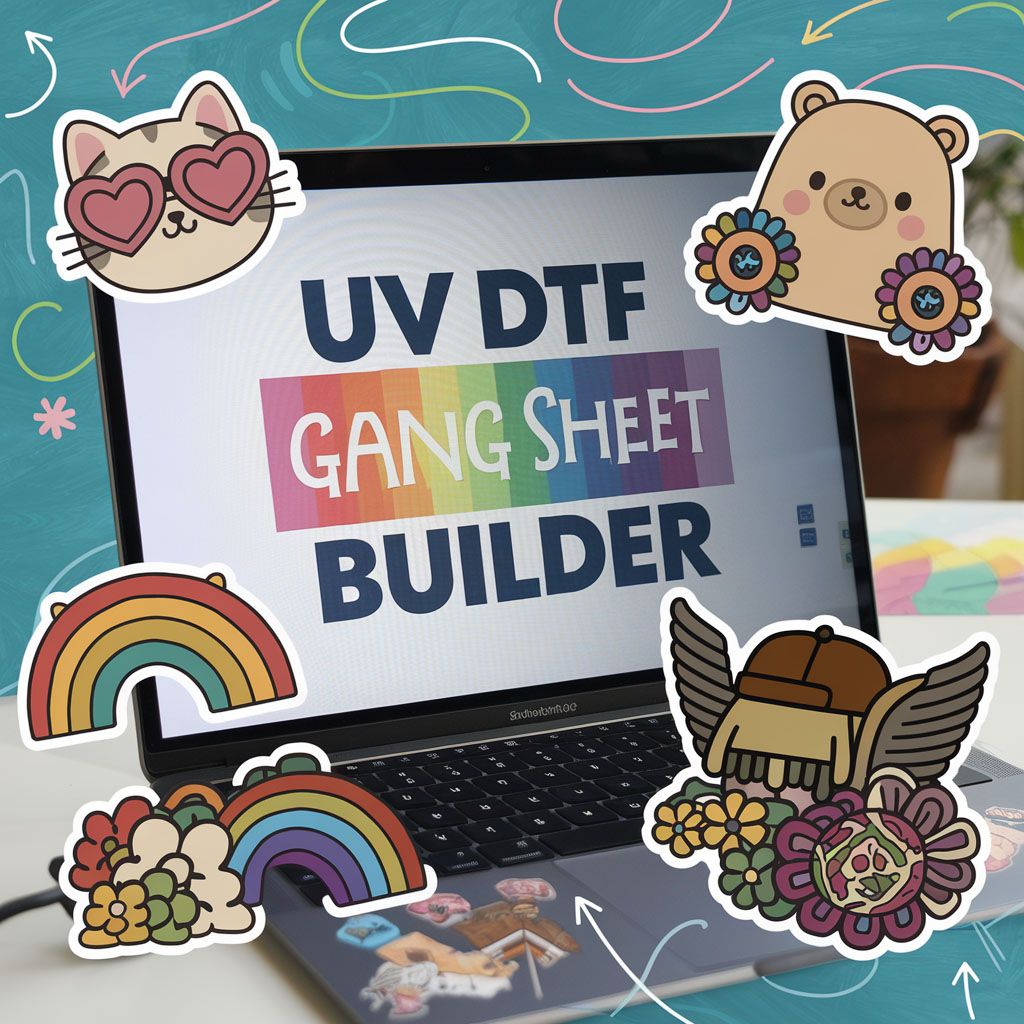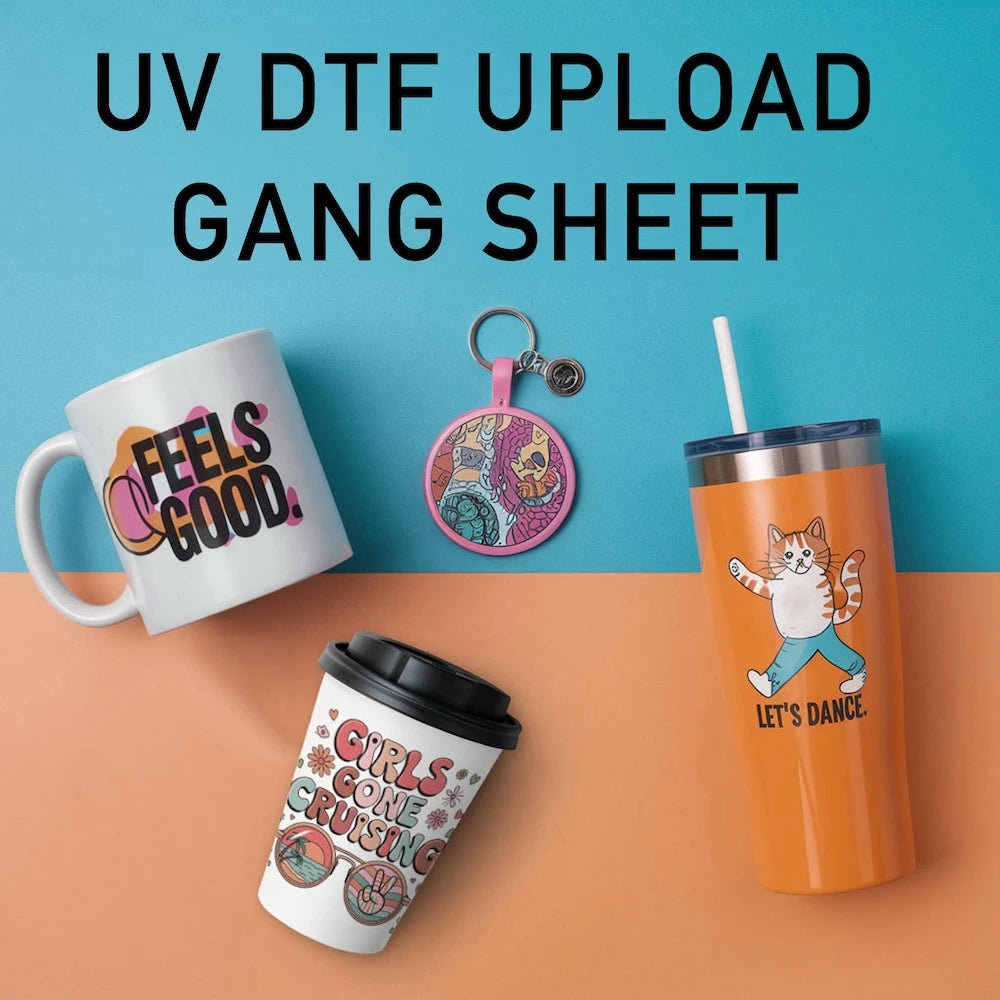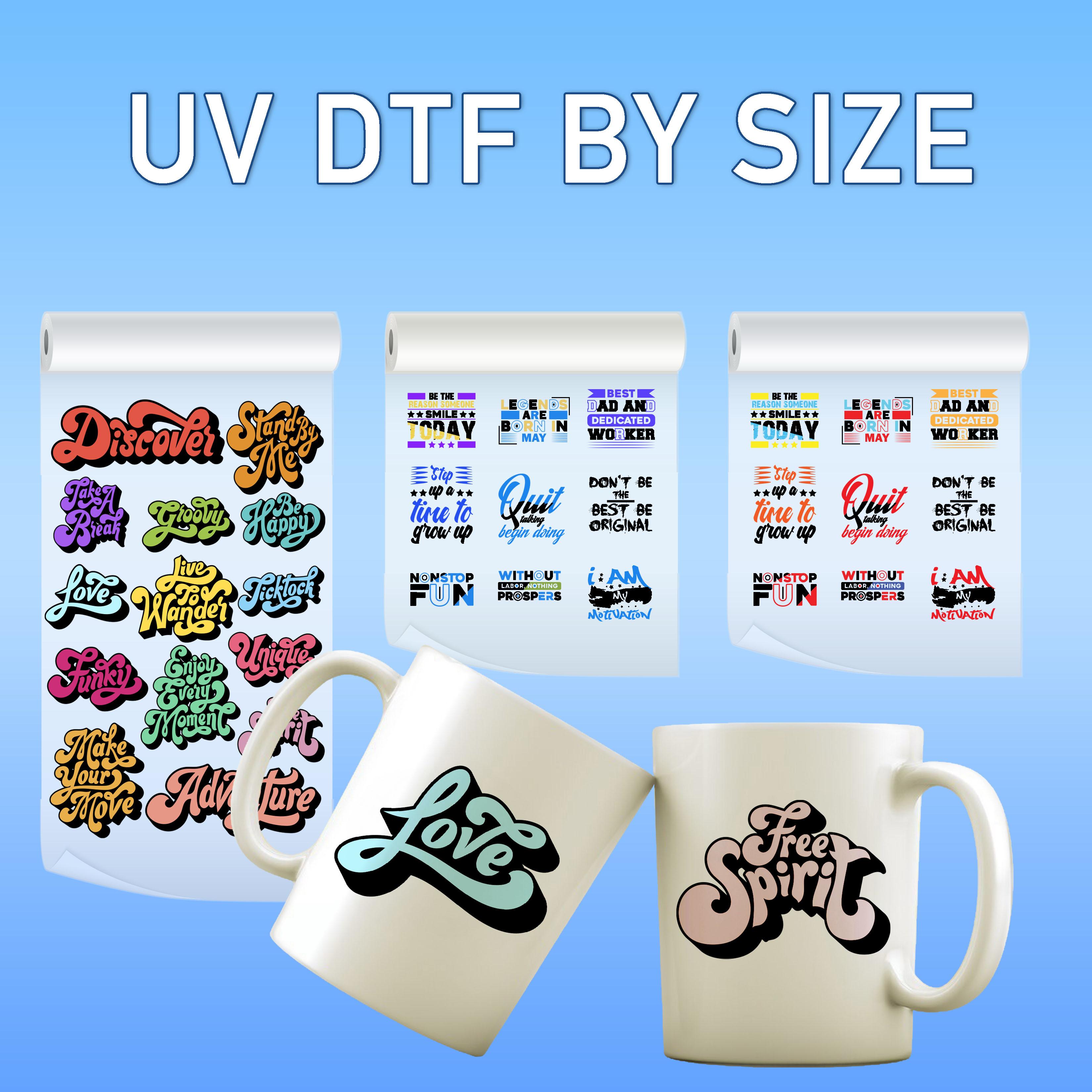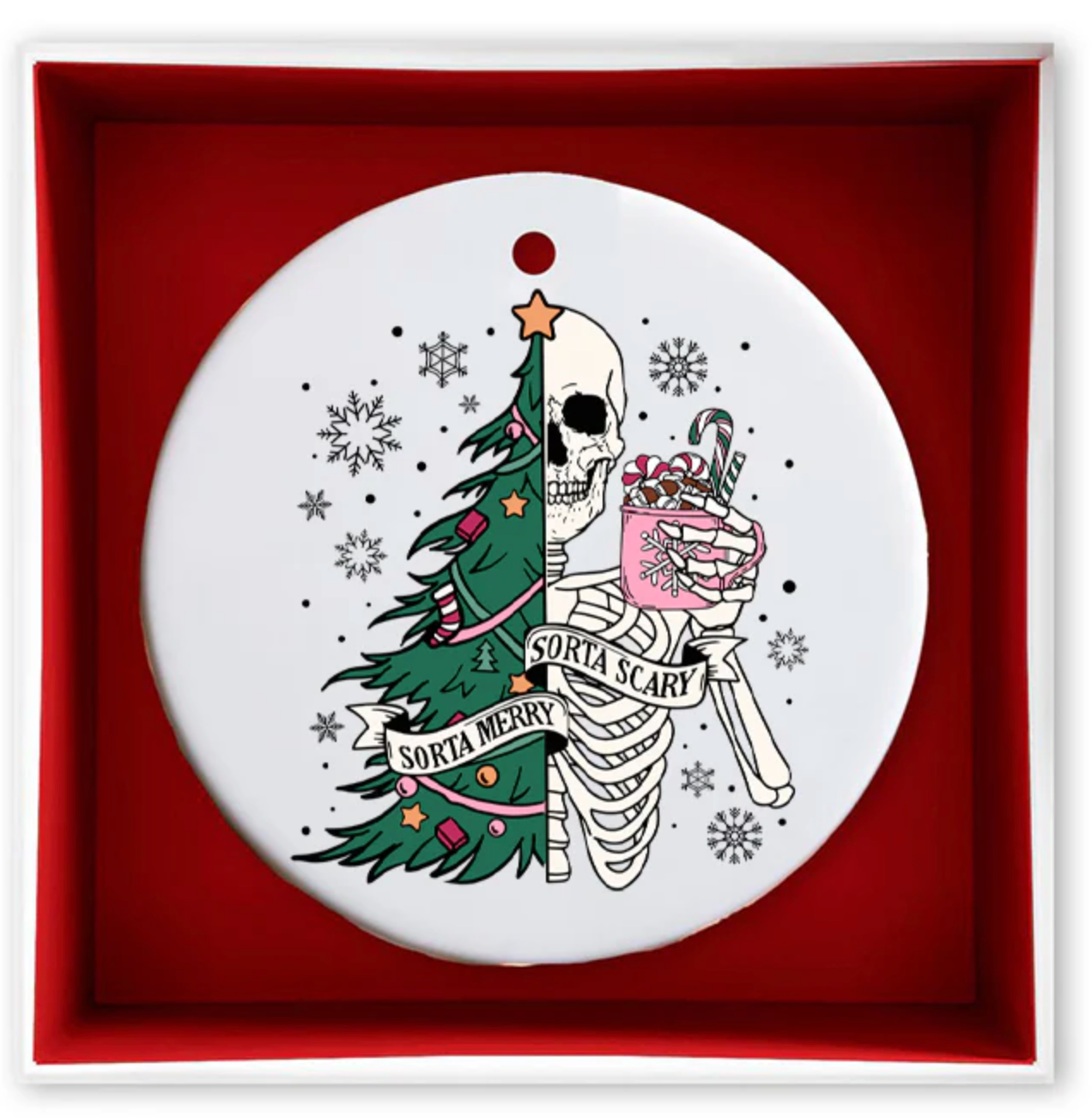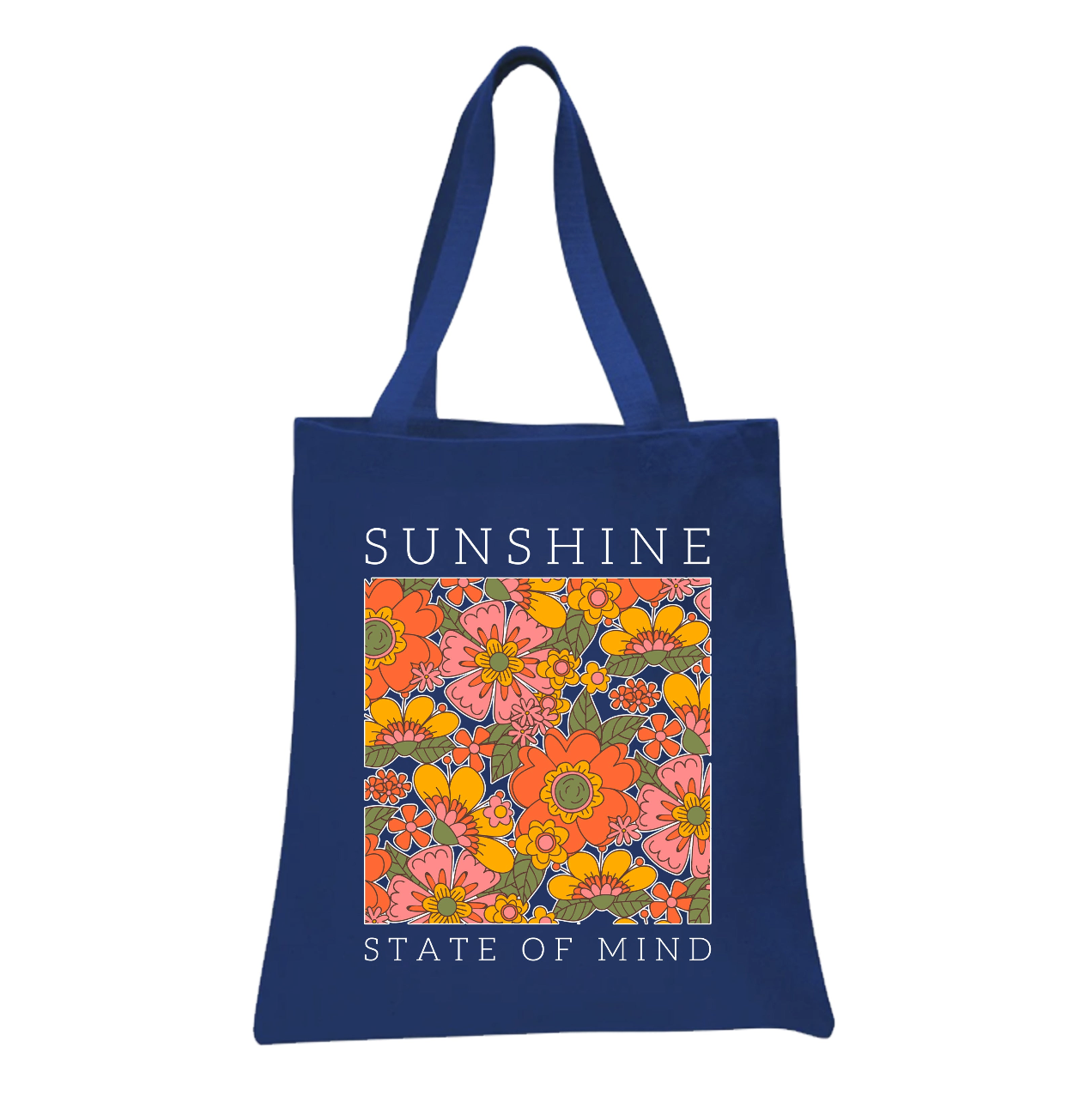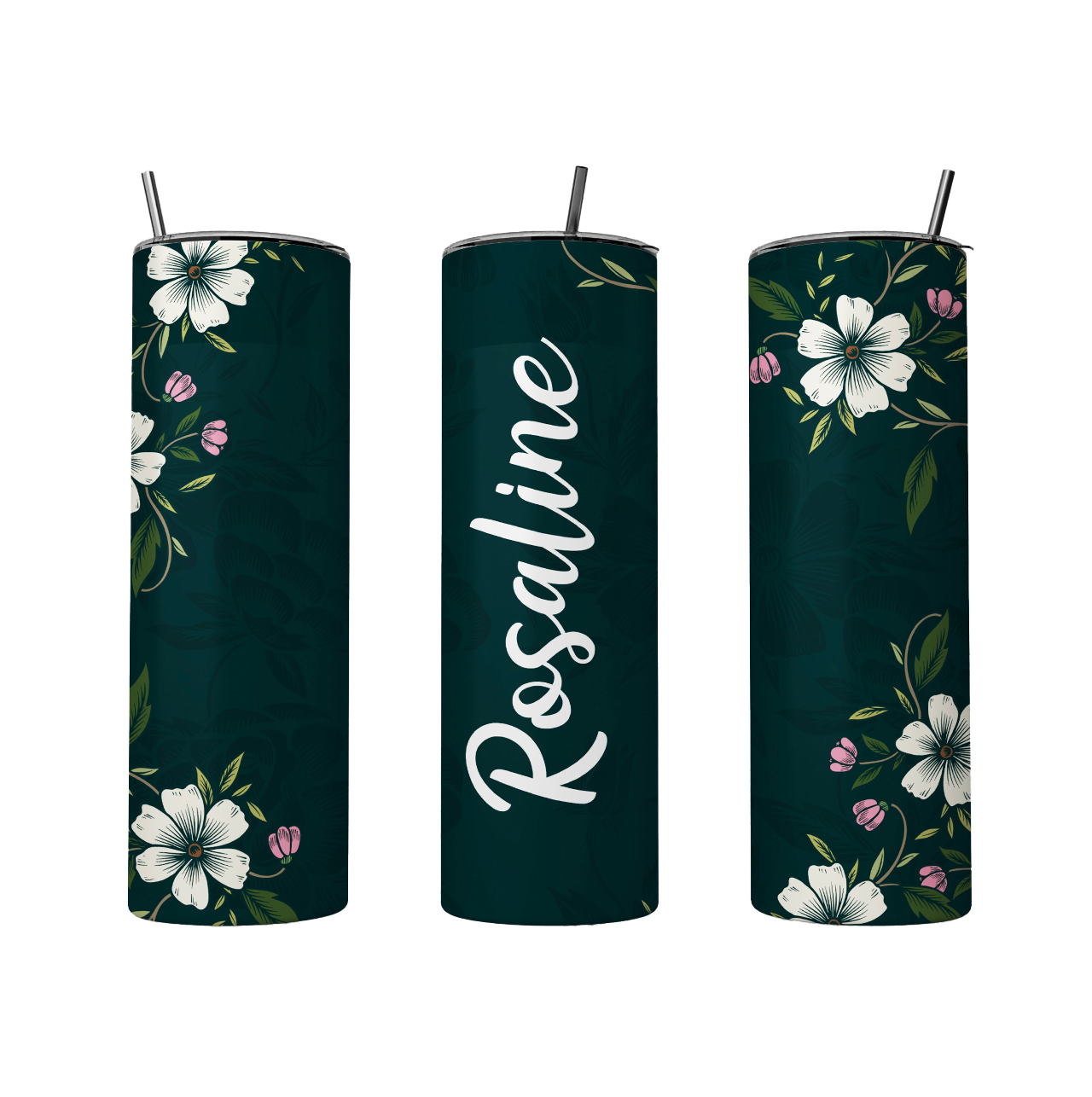8 Most Popular Types of T-Shirt Printing
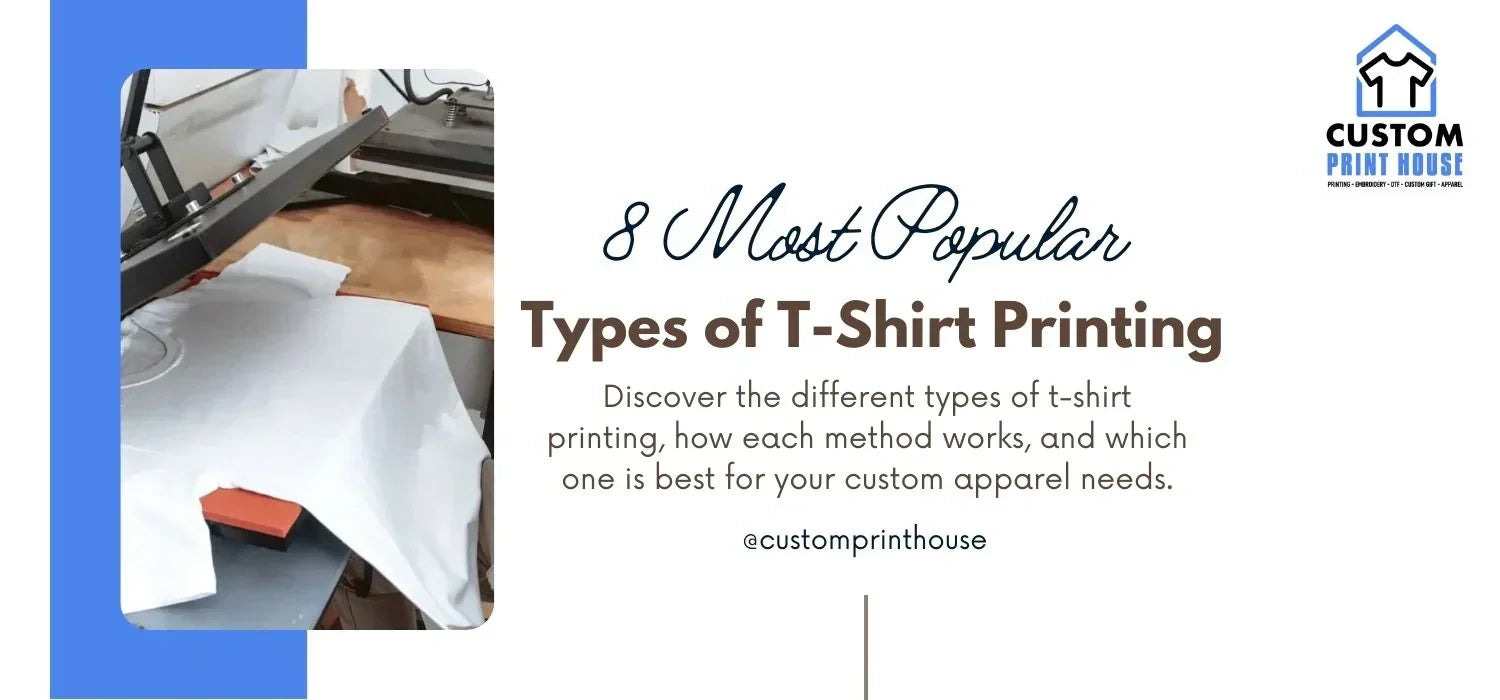
Whether your purpose is to make a successful brand or to create a memorable T-shirt for a particular occasion, choosing the best type of T-shirt printing is the first step towards a fashionable individual lifestyle, or a professional adventure.
If you want to be an expert in t-shirt printing, in this guide you will learn the latest t-shirt printing methods, such as screen printing, embroidery, and hybrid styles, so that you can design a unique, standard, and memorable shirt for different events or brands.
What is T-shirt Printing? How It Works?
T-shirt printing is a technical and creative process through which logos, slogans, or designs are published directly on fabrics that are used to highlight brand celebrations or personal style.
The t-shirt print works in a few simple steps: First is digital design creation which may be inspired by latest trends or events. Second is printing that design onto a film or sublimation with a sublimation paper. Now choose the t-shirt fabric as polyester, cotton is viable for print. Lastly, transfer the digital print to the t-shirt with a heat transfer method.
Different Methods of Printing on T-shirts
Here list of 8 different t-shirt printing types with pro and cons explained:
1. Screen Printing
Screen printing is one of the classic t-shirt printing types, it is great for bulk orders. It uses stencils (screens) to push ink through onto fabric. If you are printing a simple logo or design on a lot of shirts, like for a company event or merchandise drop, screen printing is cost-effective and reliable. The colors are bold, durable, and long-lasting.
Pros
- They are excellent for large runs
- Vibrant, long-lasting colors
- Works on most fabrics
Cons
- It is tot ideal for small orders
- Setup costs are high
- Limited in photo-realistic detail
2. Direct to Garment - DTG Printing
DTG printing is like using a high-quality inkjet printer but on fabric. Perfect for small batches or one-off prints with detailed, colorful designs. If you are printing a photo or detailed artwork on a T-shirt, this is the way to go. It is fast, has no setup time, and works best on cotton.
Pros
- It is great for complex, colorful designs
- Has no setup fees
- Ideal for small orders
Cons
- It not as long lasting as screen print
- It is slower for bulk jobs
- Gives best results only on 100% cotton

3. DTF - Direct to Film Printing
DTF is the best t-shirt printing method printing your design onto a special film, which is then heat-pressed onto fabric. It handles detail and color well, and the prints feel soft yet durable. Unlike DTG, DTF works on various fabrics, not just cotton. It is great for print-on-demand setups or mixed-fabric clothing.
Pros
- It works on all fabric types
- It is durable and stretch-resistant
- It has crisp, vibrant prints
Cons
- The film prep can be tedious
- It slightly gives plasticky feel
- It is tot ideal for oversized prints
4. Plastisol Transfers
Plastisol transfers are like screen prints you can apply later with heat. The designs are printed onto transfer paper using plastisol ink, then pressed onto garments. It is ideal for keeping pre-made designs ready to go, and it combines screen print quality with DTG flexibility.
Pros
- It may Look like screen printing
- It is great for stock designs or low-volume
- It has long shelf life
Cons
- It is slightly thicker feel
- Time-consuming if printing in-house
- Needs heat press and precision
5. Vinyl Printing
Vinyl printing involves cutting your design from colored vinyl sheets and heat pressing it onto garments. It is best for custom names, numbers, or bold logos on jerseys or uniforms. It is highly durable and looks clean, but not great for complex or multi-color images.
Pros
- It is very durable
- Has Sharp, bold designs
- Ideal for names or numbers
Cons
- It is limited in design complexity
- It is time-intensive for many colors
- It is not breathable, be wary of it.

6. Embroidery Printing
Embroidery uses thread instead of ink, stitching your design directly onto the fabric. It adds texture and gives a premium feel to t-shirts, it is great for polos, hats, or uniforms. Embroidery screams “professional” and lasts longer than most print methods.
Pros
- It is super durable
- Has a professional, textured look
- And works on thick materials
Cons
- It is costly for big or detailed designs
- It is not ideal for lightweight fabrics
- Limited color gradients
7. Discharge Printing
Discharge printing removes the shirt's dye where the design is, replacing it with ink. The result is a soft, breathable print that feels like part of the fabric. It works best on dark, 100% cotton shirts and is popular for vintage or faded effects.
Pros
- It gives softest print feel
- It is Vibrant on dark shirts
- No thick ink layers
Cons
- Only Limited to 100% cotton
- Some inks are chemical-heavy
- Color outcomes can change
8. Sublimation Printing
Sublimation uses heat to infuse ink directly into polyester fabric. Perfect for full-color, edge-to-edge prints on T-shirts, mugs, and more. The prints never crack or fade because the ink becomes part of the material.
Pros
- No feel; ink is in the fabric
- Ultra-durable and washable
- Best for all-over prints
Cons
- Only works on polyester/light colors
- Not suitable for cotton
- Requires special printers and inks
Which T-Shirt Printing Method is Right for You?
To choose which is the best method of printing on t-shirts and which is right for you, you must ask yourself these few questions to make a smart decision.
How many items am I printing?
For bulk order you should go with Screen Printing or Plastisol Transfers. While for small runs or one-offs, you must try DTG, DTF Transfers, or Vinyl.
How complex is the design?
If you want photorealistic or colorful prints you can opt for DTG, DTF, or Sublimation printing. While for simple logos or text, Vinyl, Embroidery, or Screen Printing is best.
What fabric am I printing on?
If your fabric is cotton you can try DTG, Screen printing, Discharge, Vinyl, or Embroidery. While for polyester/synthetic fabric conveniently use DTF or Sublimation print.
Do I want a premium feel or long-term durability?
If you want premium and durable print types, choose Embroidery or Screen Printing without a doubt. While for Soft feel with bright colors, go with Discharge or Sublimation printing.
Is breathability important (like for sportswear)?
Yes it is important, you should avoid thick inks like vinyl; go for Discharge or Sublimation prints.

Design Custom T-shirts Easily with Custom Print House
Custom Print House has been offering custom t-shirt printing services for a while now. The company uses the latest DTF; direct to film printing method to cater to your different needs of custom t-shirt prints. You can give orders on the website for single or bulk orders. Simply go to the website, choose t-shirt and print designs, choose color and fabric, and finally place the order.
If you want to get a high quality custom designed product with a premium look, Custom Print House is your best option.
FAQs
You can find the answers to your questions about Types of T-Shirt Printing further down the page.
What is the best t-shirt printing method?
The best t-shirt printing method depends on your needs. For bulk orders, screen printing is cost-effective and vibrant. For detailed or colorful designs, DTG or sublimation work great. There are many different types of t-shirt printing methods; choose based on fabric, design complexity, and quantity.
What type of t-shirt printing lasts the longest?
Screen and DTF lasts the longest on most fabrics. It uses thick, durable inks that can withstand many washes. If done properly, it can outlast other types of t-shirt printing. Embroidery is also very long-lasting but not technically a print method.
What's better DTG or screen printing?
DTG is better for small orders and colorful, detailed prints. Screen printing is better for large runs and bold designs. Between the two, screen prints usually last longer. Both are popular types of t-shirt printing, and the right one depends on your design and order size.
What lasts longer sublimation or screen printing?
Sublimation lasts longer but only on polyester. It becomes part of the fabric, so it will not fade or crack. Screen printing is more versatile and works on cotton, but may crack over time. So, it depends on the fabric and how you wash the shirts.
What lasts longer screen printing or digital printing?
Screen printing usually lasts longer than digital printing like DTG. The thick ink bonds well with fabric, making it resistant to fading. DTG prints can fade faster, especially after repeated washes. Among different methods of printing on t-shirts, screen printing offers better long-term durability.
What lasts longer screen printing or heat press?
Screen printing generally outlasts heat press methods like vinyl or plastisol transfers. Heat press prints can peel or crack over time, particularly with rough washing. Screen prints can hold up better, which makes them more reliable among different t-shirt printing methods for long-term wear.

